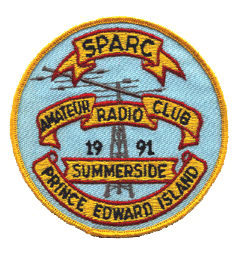SFI = 165
A index = 18
K index = 2
SSN = 117
The SunSpot Number (SSN) is a commonly used index of solar activity. The daily sunspot. number was first introduced in 1848 by the Swiss astronomer, Johann Rudolph Wolf. His. method, which is still used today, counts the total number of spots visible on the face of the sun.
Refresh on “How to Read ” Solar information:


MINOR GEOMAGNETIC STORM: A brief G1-class geomagnetic storm erupted on July 12th when Earth entered a stream of fast-moving solar wind. Shock-like discontinuities in the solar wind data suggest that at least one minor CMEs might have been embedded in the stream. No auroras have been reported, probably because of full moonlight.
NOAA STI
:Product: Geophysical Alert Message wwv.txt
:Issued: 2022 Jul 13 0905 UTC
# Prepared by the US Dept. of Commerce, NOAA, Space Weather Prediction Center
#
# Geophysical Alert Message
#
Solar-terrestrial indices for 12 July follow.
Solar flux 165 and estimated planetary A-index 18.
The estimated planetary K-index at 0900 UTC on 13 July was 2.
Space weather for the past 24 hours has been minor.
Geomagnetic storms reaching the G1 level occurred.
Space weather for the next 24 hours is predicted to be minor.
Geomagnetic storms reaching the G1 level are likely.
NOAA Alerts
Space Weather Message Code: WARK04
Serial Number: 4135
Issue Time: 2022 Jul 12 1356 UTC
EXTENDED WARNING: Geomagnetic K-index of 4 expected
Extension to Serial Number: 4134
Valid From: 2022 Jul 12 0435 UTC
Now Valid Until: 2022 Jul 13 0600 UTC
Warning Condition: Persistence
NOAA Space Weather Scale descriptions can be found at
www.swpc.noaa.gov/noaa-scales-explanation
Potential Impacts: Area of impact primarily poleward of 65 degrees Geomagnetic Latitude.
Induced Currents – Weak power grid fluctuations can occur.
Aurora – Aurora may be visible at high latitudes such as Canada and Alaska.
